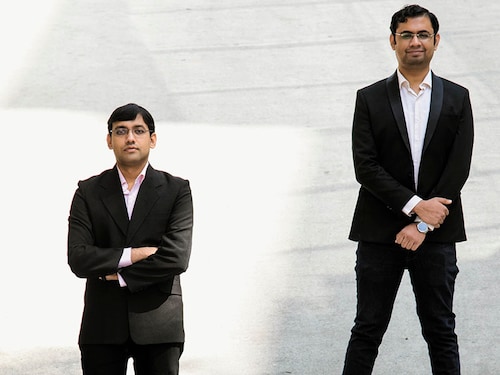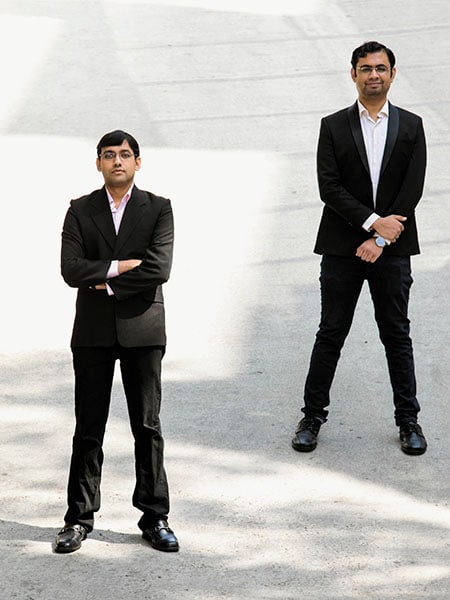Shashank Kumar and Harshil Mathur have made it a breeze for businesses to receiv



Image: Selvaprakash Lakshmanan for Forbes India
Shashank Kumar and Harshil Mathur | 26, 25
Co-founders, Razorpay
Category: Technology
IIT Roorkee alumni Harshil Mathur and Shashank Kumar founded Razorpay in 2014. Their company has made it a breeze for thousands of businesses, especially small and medium ones, to receive digital payments from customers. Both small enterprises—such as the food tech firm InnerChef and tea retail chain Chai Point—as well as large businesses such as telecom services provider Videocon use the company’s cloud-based platform.
Razorpay co-founders Mathur and Kumar began by building a crowdfunding platform—one of the many “side projects” the two were tinkering with—while holding down corporate jobs. But they soon switched their focus to building online infrastructure for digital payments. “Payments are a big problem in India, and there aren’t many vendors helping businesses on the acceptance side,” says Mathur, CEO, Razorpay.
Their initial work and razor-sharp focus on getting the technology right was strong enough for the company to be chosen for the prestigious Y Combinator accelerator programme in Silicon Valley in early 2015. “These guys have a fanatic focus on making online payments simple,” says Justin Kan, a partner at Y Combinator, who has co-founded Twitch, a video platform and gaming community.
CLICK HERE TO VIEW THE FULL 30 UNDER 30 LIST
Mathur and Kumar have so far raised $11.5 million and expanded operations in Bengaluru, where they now have a pure technology-focussed team of 71 people.
What makes Razorpay’s technology unique is that once a business submits the RBI-mandated documents, its payments acceptance gateway can be activated within an hour. It makes it possible for a business to accept payments no matter what option a customer chooses.
Over the last 18 months, “we have on-boarded more than 20,000 merchants on our platform,” says Mathur. “We have grown more than 20 times in the last one year in terms of payments volume and we expect to break even in two years.” Clearly, their trajectory is pointed north.
First Published: Feb 16, 2017, 06:50
Subscribe Now